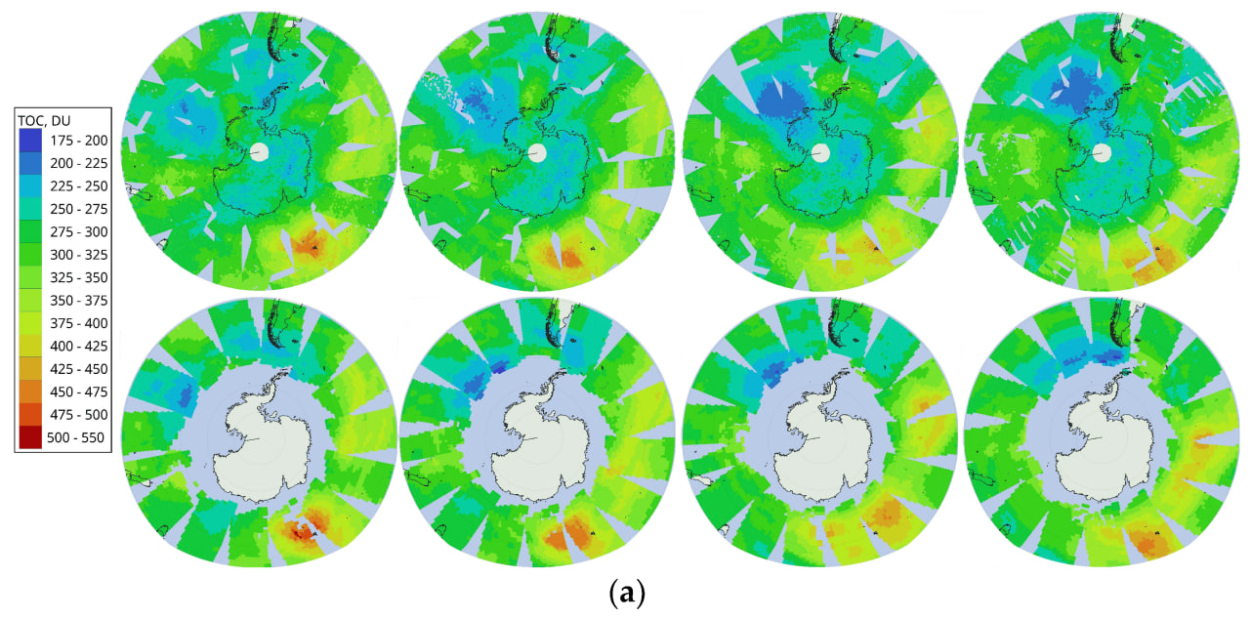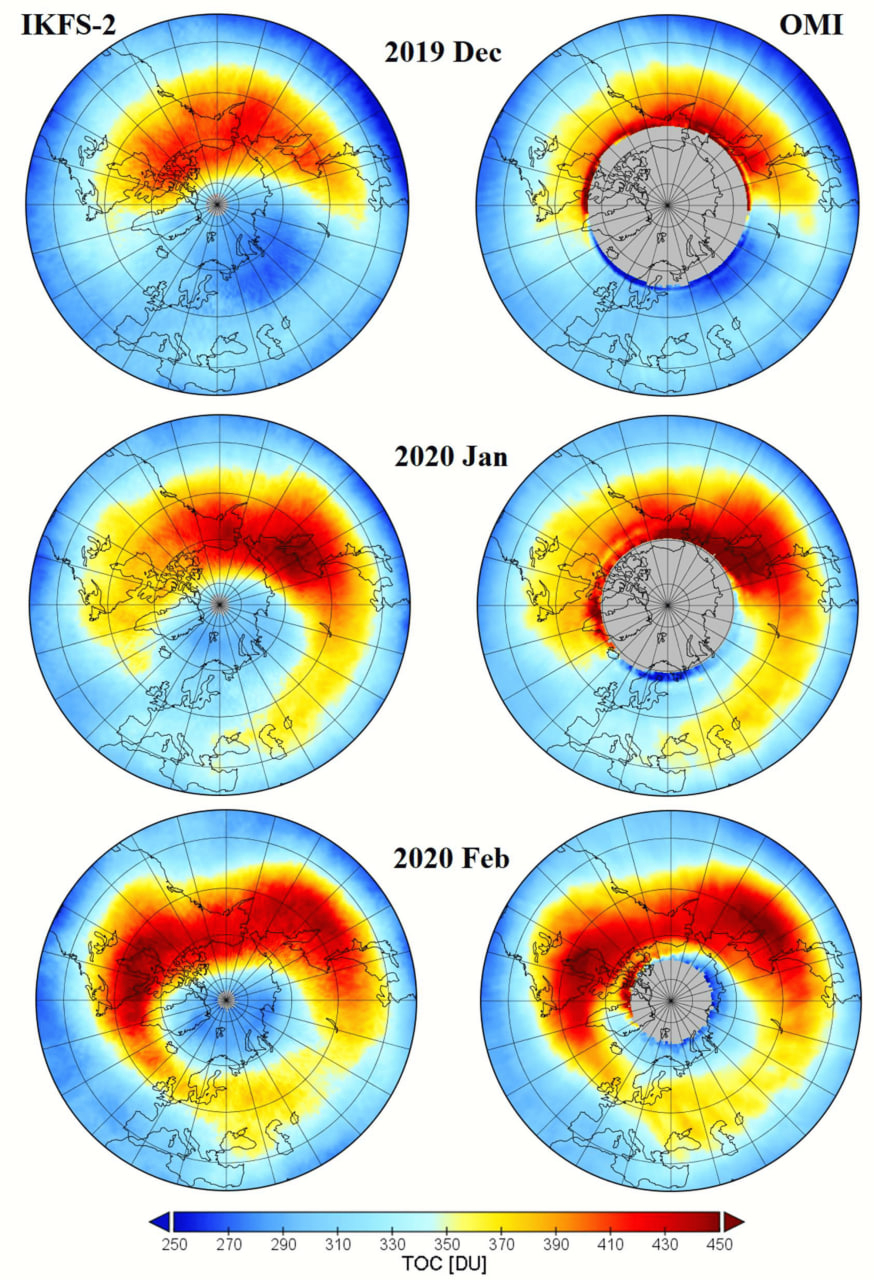St Petersburg University physicists develop a technology for measuring total ozone columns based on machine learning
A team of scientists from St Petersburg University, in collaboration with their colleagues from the Scientific-Research Centre "Planeta" and the Keldysh Research Centre, has developed a neural network algorithm for measuring the ozone content in the atmosphere, using data from a Russian meteorological satellite. The study was carried out in the Ozone Layer and Upper Atmosphere Research Laboratory at St Petersburg University. The Laboratory was established within the framework of the mega-grant programme of the Ministry of Science and Higher Education of the Russian Federation.

Ozone is a gaseous substance that is found in the Earth’s atmosphere and is mainly concentrated at altitudes between 10 and 50 kilometres. Ozone plays a vital role as it absorbs ultraviolet radiation from the Sun and protects living organisms on the Earth’s surface from the harmful effects of this radiation. Additionally, it influences chemical reactions in the upper layers of the Earth’s atmosphere and helps regulate the Earth’s temperature by absorbing some of the Sun’s heat.
The research findings are published in the scientific journal Remote Sensing.
The IKFS-2 spectrometer for meteorological atmospheric sounding, installed on the Russian Meteor M series satellites, measures the spectra of outgoing radiation, which contain not only meteorological information but also data on the composition of the atmosphere.
Alexander Polyakov is Professor at St Petersburg University and Research Associate in the Ozone Layer and Upper Atmosphere Research Laboratory at the University. According to him, the IKFS-2 spectrometer has been working aboard the Meteor M series of meteorological satellites for eight years and has not lost its relevance. The scientists from St Petersburg University have developed a technology that can be applied to this series of satellites.
The algorithm and code developed by our research team are directly applicable to the instruments on board the next Meteor M series satellites, the next of which is scheduled for launch this summer. The algorithm can also be adapted to similar instruments on board other weather satellites.
Alexander Polyakov, Professor at St Petersburg University and Research Associate in the Ozone Layer and Upper Atmosphere Research Laboratory at St Petersburg University
The neural network underlying the retrieval algorithm developed by the researchers from St Petersburg University was trained on data obtained over six years of observations. More than 19,000,000 spectra measured by the IKFS-2 instrument, combined with measurements of total ozone columns in the atmosphere from the Aura satellite, were processed for this purpose. The results of ozone measurements obtained using the algorithm developed by the physicists for the IKFS-2 spectral measurements were compared with data from ground-based instruments and satellites specially designed for measurements of total ozone columns: the differences do not exceed 3%.

For reference: earlier, the researchers from the Ozone Layer and Upper Atmosphere Research Laboratory of St Petersburg University found that magnetic storms destroy up to a quarter of the earth’s ozone layer in the mesosphere in one day. The recorded destruction is at an altitude of about 75 km.
St Petersburg University, the oldest university in Russia, was founded on 28 January (8 February) 1724. This is the day when Peter the Great issued a decree establishing the University and the Russian Academy of Sciences. Today, St Petersburg University is an internationally recognised centre for education, research and culture. In 2024, St Petersburg University will celebrate its 300th anniversary.
The plan of events during the celebration of the anniversary of the University was approved at the meeting of the Organising Committee for the celebration of St Petersburg University’s 300th anniversary. The meeting was chaired by Dmitry Chernyshenko, Deputy Prime Minister of the Russian Federation. Among the events are: the naming of a minor planet in honour of St Petersburg University; the issuance of bank cards with a special design; the creation of postage stamps dedicated to the history of the oldest university in Russia; and the branding of the aircraft of the Rossiya Airlines to name just a few.

